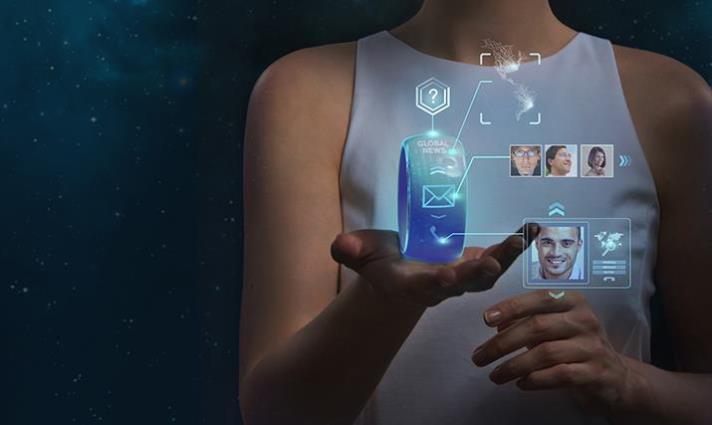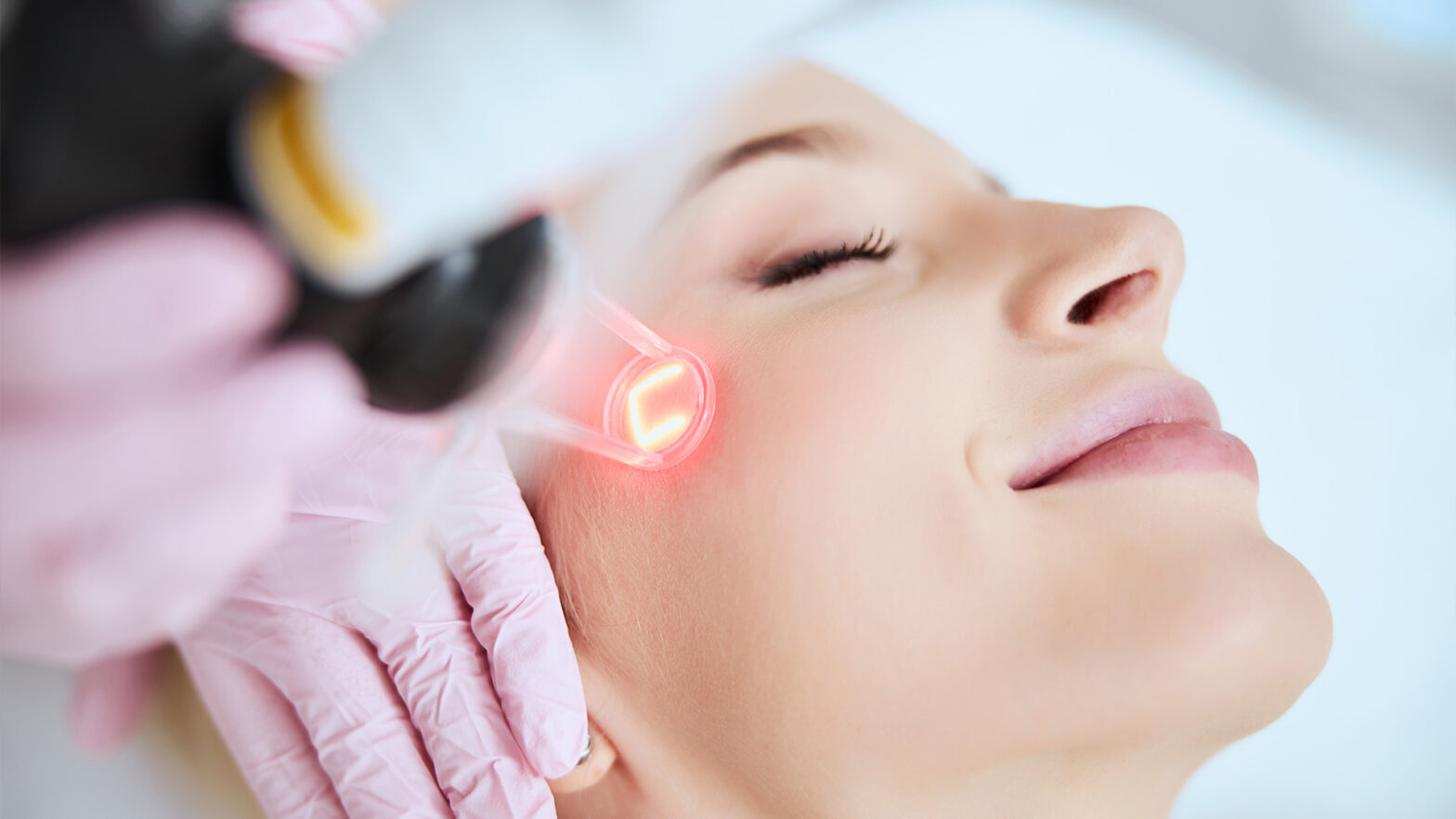
Today, many gadgets are designed to monitor and improve our health and wellbeing. And, with the latest developments, we don’t need to carry around our favourite gadgets by hand ‘ many of them are now wearable. In 2016, 61 million fitness, activity and sports trackers were sold along with 14 million wearable cameras and 15 million virtual and augmented reality headsets.
Developing the wearable tech market
The trick with wearable tech products is that they must be nice to look at, as well as dependable and functional. This has been difficult, especially when it comes to items such as Bluetooth headsets and smartwatches, as they can often look out of place.
Brands like Samsung have strived to develop stylish smartwatches that work as a fashion accessory and health-focused tool. With coloured leather straps and a circular face, brands are moving away from square screens and plastic straps, as they realise that smart-watches that look very digitalised don’t go down as well with the target market.
Another example of a fusion of fashion and tech is the Levi, Jacquard and Google collaboration. The result of this gave us wearable technology that could be worn seamlessly with other clothes. For example, the Levi’s Commuter Trucker Jacket comes with its own app and you can control music with a few swipes of the sleeve. Innovations like this could be the start of fully-integrated wearable tech.
How does this technology help us health-wise?
Smart technology isn’t only for people who want to send texts or get online anymore. There are some innovations out there that are designed to help you monitor your health, too.
People who track their health via smart devices typically keep a closer eye on their wellbeing. Owning a tracker, such as one that monitors the number of steps and burnt calories each day, encourages the individual to take responsibility for their fitness and increases their awareness of how
‘Health tags’ are also on the market that
Exercising is an important focus of wearable technology, too.
Even doctors, nurses and paramedics may benefit from wearable technology. There has even been discussion around the possibility that well-known fitness tracker, Fitbit, could help doctors predict how a patient may react to chemotherapy.
The future of wearable tech
Forecasts predict that 411 million smart wearable devices will be sold in 2020, in a market worth $34 billion. However, have you ever wondered what products will look like as technology develops and evolves? CCS Insight predicts the following number of sales by
‘ Wristbands ‘ 164 million
‘ Watches ‘ 110 million
‘ Eyewear ‘ 97 million
‘ Wearable cameras ‘ 25 million
‘ Hearables ‘ 9 million
‘ Tokens, clip-on, and jewellery ‘ 4 million
‘ Other ‘ 2 million
Evidently, we enjoy wearing our fashion-focused products on our wrists. And, with 97 million eyewear pieces to be sold in 2020, it will be interesting to see how these will be developed and designed to be truly wearable for all.



















